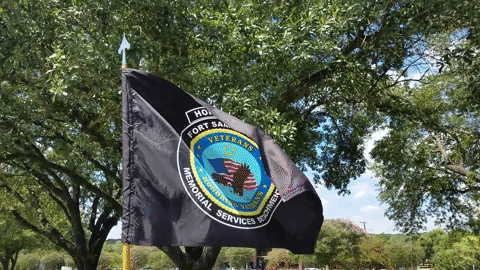
.png)
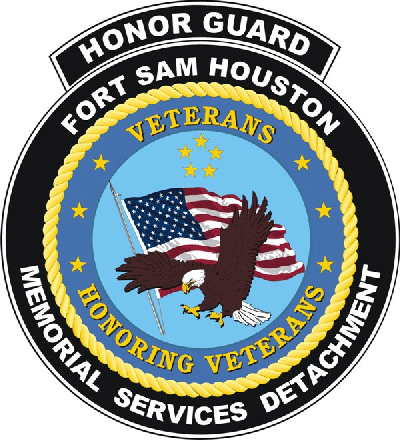
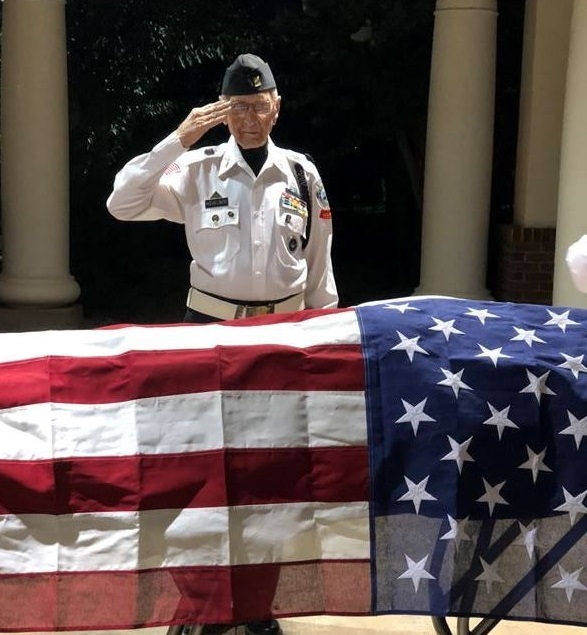
Military Funeral honors for eligible veterans consist of the United States Flag displayed at the coffin or urn, three Rifle Volleys, TAPS, flag folding, and presentation to family/designated recipient. Fort Sam Houston Memorial Services Detachment (FSH MSD) Members perform the three volleys, and TAPS. MSD also provides three fired rifle shells to family/designated recipient. When needed the MSD also will fold and present the US Flag.
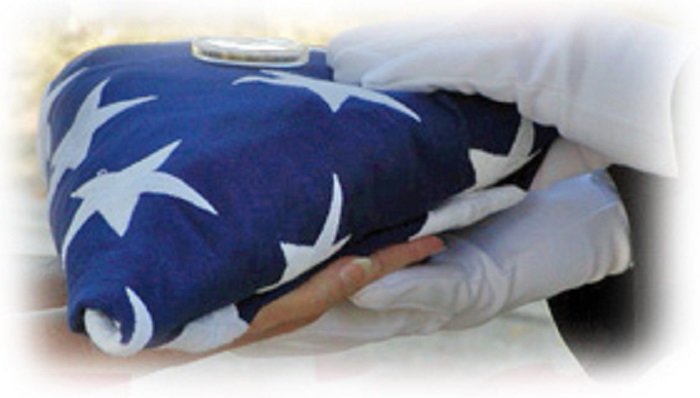
These honors are performed at any of the five Fort Sam Houston National Committal Shelters throughout the day Monday through Friday regardless of temperature or prevailing weather conditions. When certain holidays (Martin Luther King Day, Presidents Day) fall during the weekdays, honors will be performed on the Saturday closest to the holiday date.
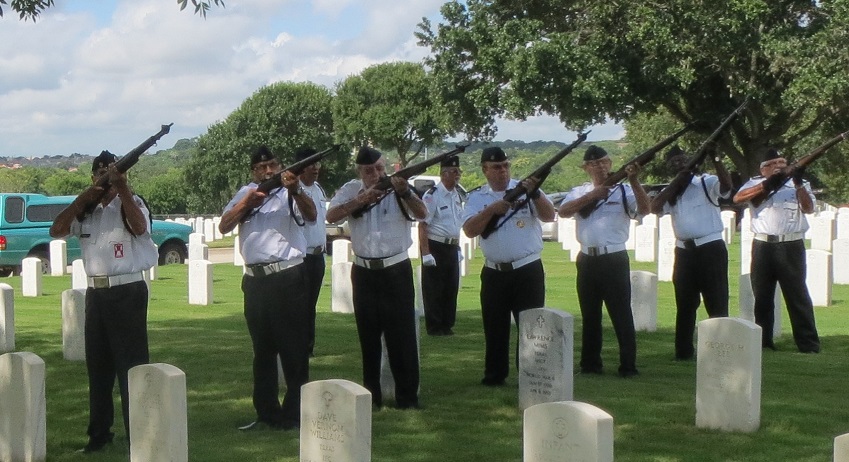
The rifle volley consists of no less than three and no more than eight rifles firing three volleys in memory of the fallen. The original history comes from the Roman era that at the end of the day of battle when the field of battle was cleared, if the soldier removing the slain soldier knew the name of the soldier, then they would call his name three times into the night as a form of remembering their sacrifice. Later in European Wars, the three rifle volleys were used to signify an end to the traditional ceasefires where bodies of the slain were recovered and properly cared for.
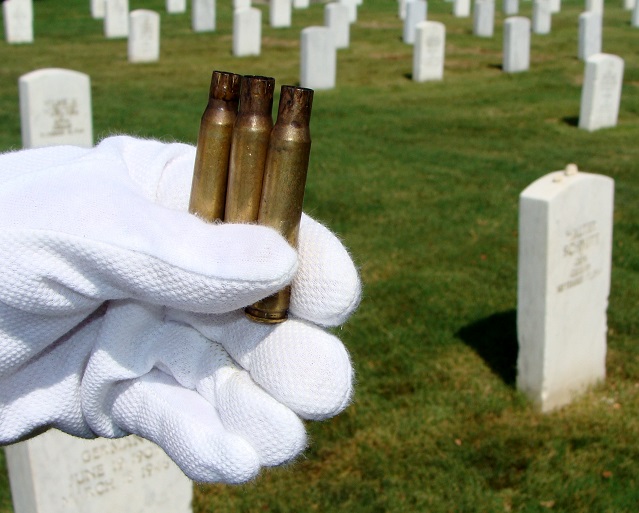
The three fired cartridges that are presented to the family/designated recipient have different meanings according to the branch of service in which the deceased served.
For the Army, the three cartridges signify "Duty, "Honor", "Country"; For the Navy and Marine Corps the three cartridges signify "Honor", "Courage", "Commitment"; For the Air Force the three cartridges signify "Integrity", "Service", "Excellence"; For the Coast Guard the three cartridges signify "Honor", "Respect", "Devotion To Duty".
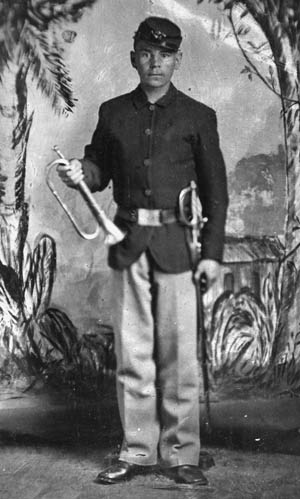
The playing of TAPS dates back to the Civil War. Prior to and during this conflict, both the Union and Confederate armies and cavalry utilized bugle calls to communicate and signal routine and important events, and battlefield maneuvers. Routine event examples included wake-up (Revelle), Assembly, Mess Call, Mail Call, Church Call, Officers Call, To the Colors and Tatoo (Lights Out). Maneuver calls included, Assemble Charge, Recall
Union Army General Dan Butterfield wrote the notes to replace the traditional "Extinguish Lights" Bugle call, the last call of the day. He did this with the aid of his Brigade Bugler Oliver Wilcox Norton following the Seven Days Battle at Harrison's Landing, Virginia. TAPS was first sounded at night in July of 1862, soon spread to other units and was also used by the Confederate Army
.jpg)
.jpg)
The first use of Taps at a funeral was during the Peninsular Campaign in Virginia in 1862. Captain John C. Tidball of Battery A, 2nd Artillery ordered it played for the burial of a cannoneer killed in action. Since the enemy was close, he worried that the traditional 3 volleys would renew fighting and give away his troops positions, therefore he ordered only the Bugle call to be sounded. TAPS was also played by the Confederates at the Funeral of General Stonewall Jackson some 10 months later. TAPS was officially adopted later and confirmed by orders.
CLICK THE START BUTTON TO HEAR A RECORDING OF RIFLE VOLLEYS AND TAPS PERFORMED BY THE MSD ON THE OCCASION OF OUR 40000TH FUNERAL HONORS, MARCH 2021
The significance of the folding of the flag is historical.



( Honor Guard )
All Rights Reserved>